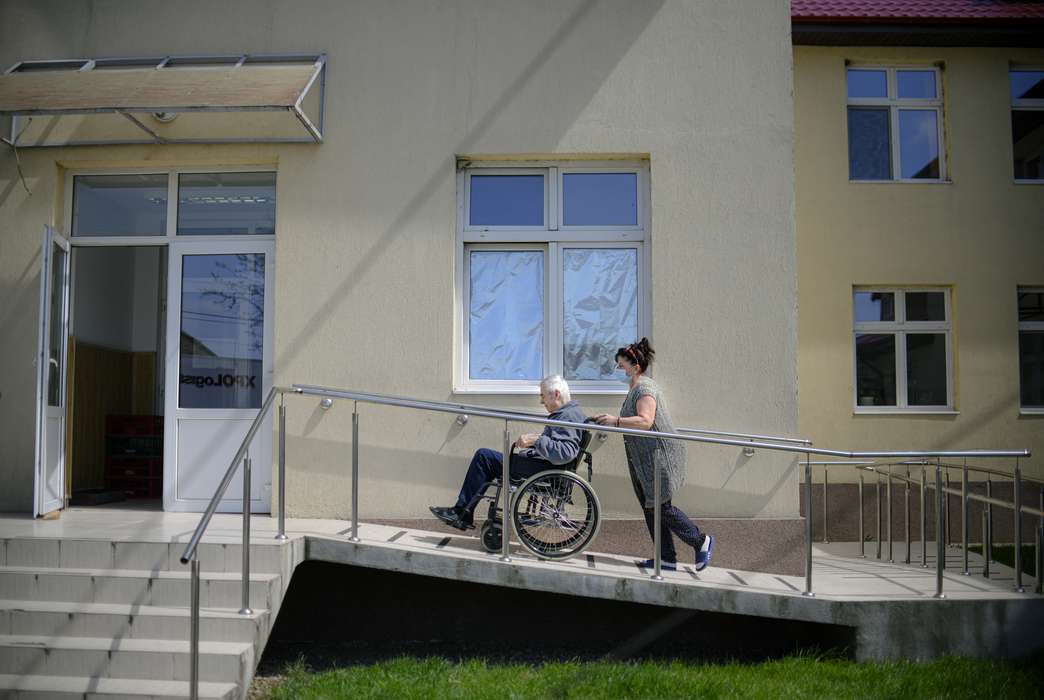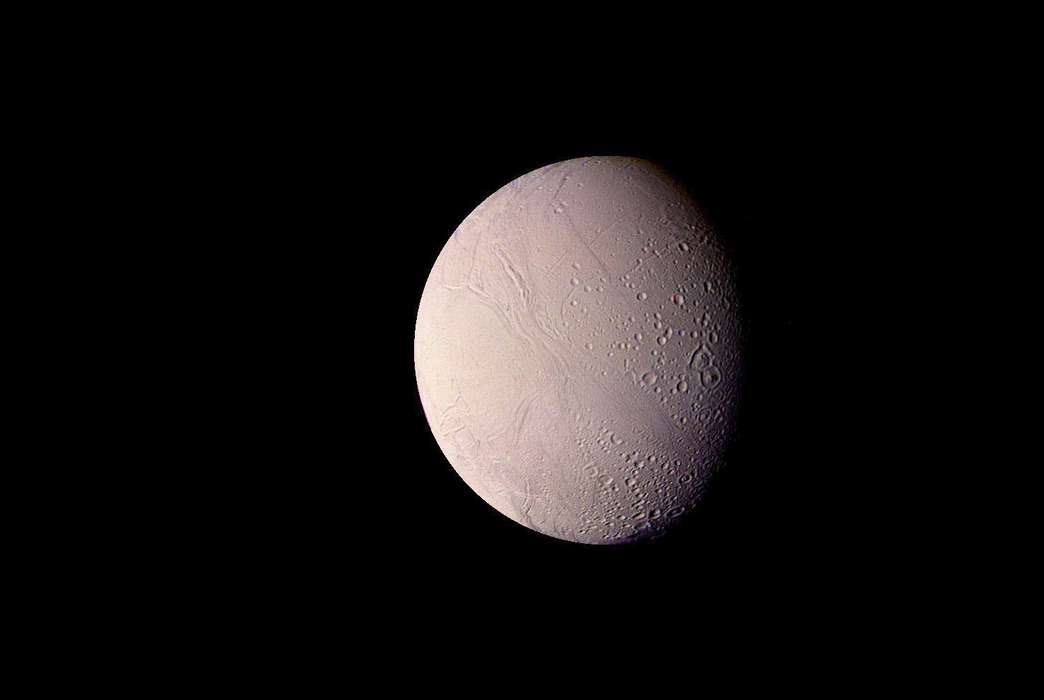Plants grow fewer roots near competitors, avoiding ‘tragedy of the commons’
Researchers led by Ciro Cabal dyed the pepper plants roots red and blue to track how the close proximity between two plants affects their growth. (Ciro Cabal)
Plants aren’t as selfish as scientists once thought when it comes to growing their roots, avoiding a "tragedy of the commons" of soil nutrients by overproducing roots near their stem but growing fewer around their neighbors.
According to a paper published in Science earlier this month, plants appear to respond to the presence of others by limiting their use of the common space rather than crowding out potential competitors.
Conducted by U.S. and Spanish researchers, the study redefines fundamental notions about plant interactions at the level of roots, which absorb water and nutrients for plants and constitute a third of the world’s plant mass. Its findings could be used in agricultural practices and crop breeding to create more efficient yields.
The new research resolves conflicting evidence on whether plants shy away from root competition or take part in an underground arms race. Both experimental and theoretical studies have previously measured either how far the roots travel or how densely they are packed in the soil, but the Science paper is the first to incorporate both, said Ciro Cabal, its lead author.
“We have proved that only thinking on branch distributions or only thinking about the allocation to roots separately makes no sense,” said Cabal, a Princeton University graduate student studying ecology and evolutionary biology. “We have to map the roots’ population density distribution in space in order to actually understand how plants respond to the stimulus they find.”
Cabal and his team tested their theoretical model that incorporated root location and density by comparing the root systems of pepper plants placed either alone or near another pepper plant. The roots were dyed bright red and blue to distinguish which plant they belonged to.
In both scenarios, the roots were most dense directly under the plant and became more sparse farther away. The pepper plants with a neighbor, however, grew fewer roots in the shared space while producing more near the stem, avoiding inefficient overcompetition.
The experiment supports the notion that plants grow more roots nearby because they take fewer resources and would have an advantage over a competitor’s faraway roots, said Marina Semchenko, a botany professor at the University of Tartu in Estonia and a lecturer at the U.K’s University of Manchester who was not involved in the study. She said the research demonstrated a limit to plants’ selfishness and took big steps forward in a slow-moving conversation about plant behavior and roots.
“I would say the area was kind of stuck in one particular experimental design that everyone was arguing about, and possibly that took focus away from the actual questions,” said Semchenko, who peer-reviewed the paper for Science and commented on its findings in the journal. “But this paper by Cabal et al. looked at it from a different perspective, using a different approach that was free of these experimental artifacts in previous studies.”
Semchenko said it could inform more efficient agricultural practices by taking root density into account when spacing and fertilizing crops. In addition, breeding could lead to energy-efficient plants that don't overproliferate their roots when near others, she said, or cover crops that produce more roots to improve soil quality.
They could also make climate-change models with more accurate predictions of the carbon that plants store in their roots, Cabal said.
The Princeton researcher said he is interested in exploring new variables in the model, including plants of different species, greater numbers of plants and more complex soil dynamics. Some of this exploration is already being tested experimentally, Cabal said: His lab has collected soil samples in the field where the roots of several plants have been dyed different colors, soon to be analyzed.
The article, “The exploitative segregation of plant roots,” was published Dec. 4 in Science.
The authors of the study were Ciro Cabal, Ricardo Martínez-Garcia and Stephen Pacala, Princeton; and Aurora de Castro Aguilar and Fernando Valladares, National Museum of Natural Sciences in Madrid. The lead author was Ciro Cabal.










